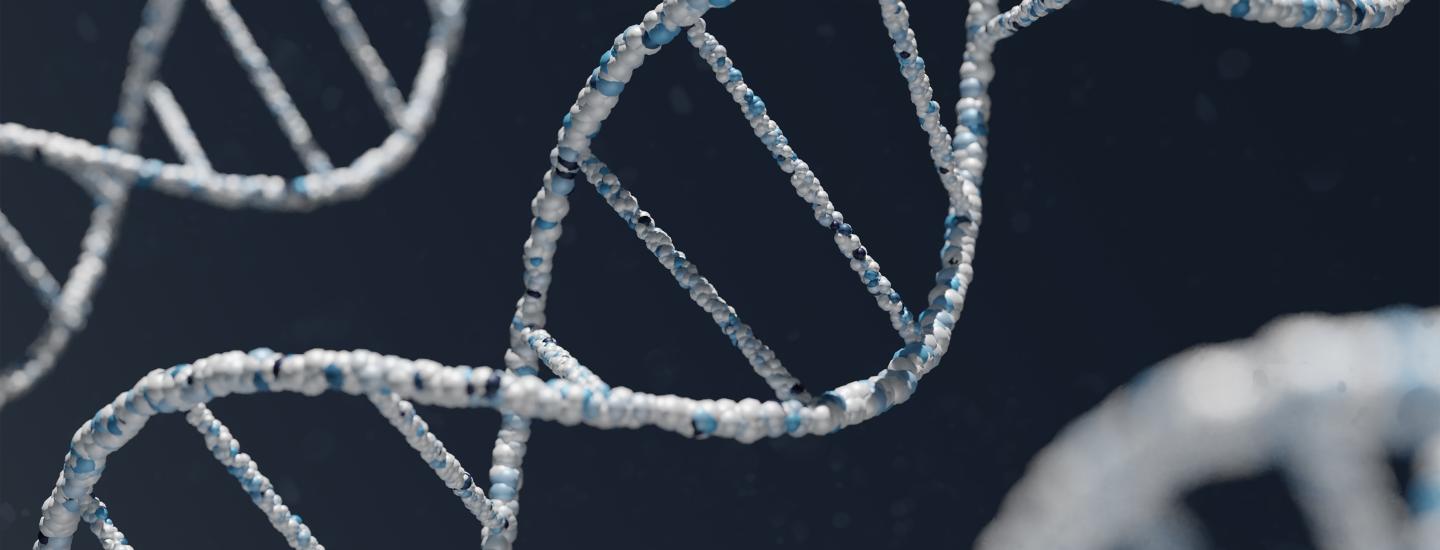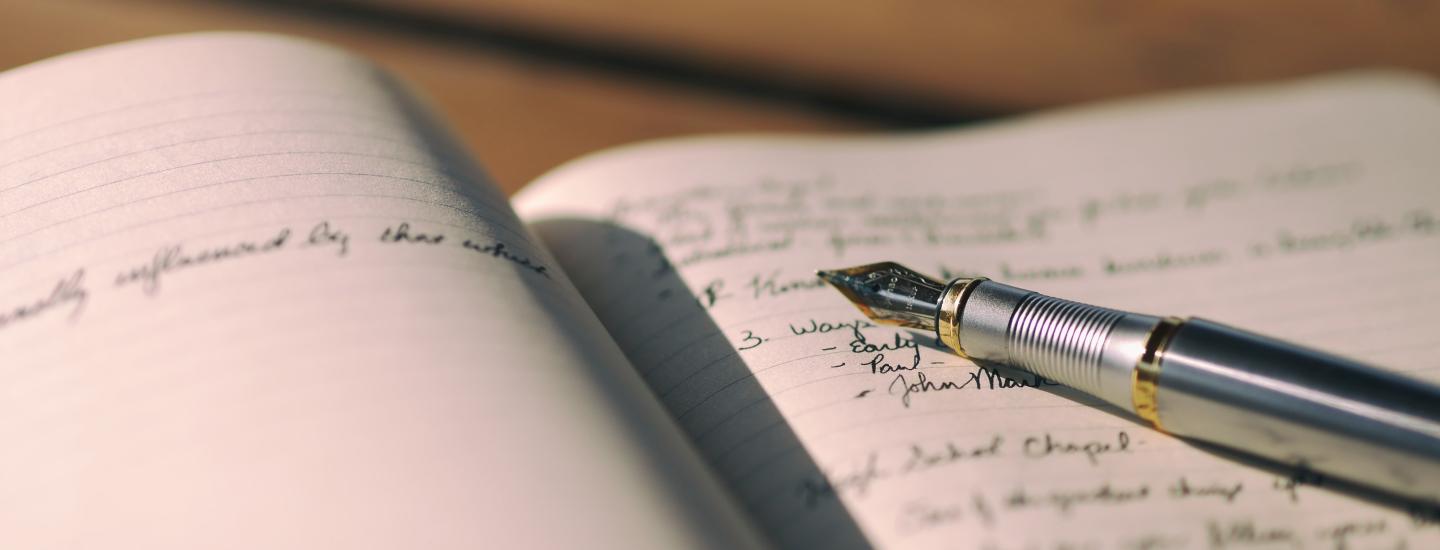
Historian shifts from teacher to student, improves his Dutch to study the experiences of Canadian soldiers in the Netherlands in WWII.
As a historian, and School of Continuing Studies (SCS) instructor since the 90’s, Eric McGeer knows a thing or two about the Second World War. But in order to dig deep into archives for a current study he’s conducting, he needed to improve his grasp of the Dutch language. “I’m particularly interested in Canadian military history, and my new focus is exploring the role Canadian soldiers played in WWII in the Netherlands. I’d lived in the Netherlands, and travelled there, and had some command of the language,” shares Eric. “I realized there was a real gap in research around the role the Canadian army played in a city called Nijmegen in the Fall of 1944, when the war came to a bit of a halt, and I wanted to learn more. But first I needed to improve my Dutch language skills, so I began studying at SCS, where I also teach history!”
In preparation for this research, Eric began taking Dutch: Level IV with Marianne Verheyen. “Marianne was an outstanding teacher. Her understanding of the workings of language, and her ability to explain it, was just amazing,” recalls Eric. “Her course really helped with my reading comprehension which would be a critical part of my research, reading archives and old diary entries of civilians and soldiers. Of course, I ended up being confronted with old-fashioned, formal sentence structures and spellings, which was a challenge. But with the foundational knowledge Marianne equipped me with, and an old Dutch dictionary, I’ve been able to study Dutch texts from 70 years ago.”
A passionate historian, Eric explains the focus of his research with excitement. “I’m currently in Holland, digging into the comparative experience of the Canadian army in of Nijmegen. My focus is on how the soldiers interacted with Dutch civilians, who had just survived a terrible experience. They were living in rubble, playing host to Canadian and British soldiers who were there as liberators, but their home was still under rule of a foreign army,” he shares. “I’m looking at the newspapers and diaries of the people there, to reconstruct something of their lives. In particular, I’m learning how the allied armies tried to feed and take care of the local population while ensuring military needs were met. The soldiers had to ensure public order, security, and access to food. I’m finding that on a whole, relations were positive, and the Canadian soldiers were truly struck by the suffering of the local population and tried to help as best they could. Many billeted/lived with Dutch families, fostering mutual sympathy and respect, and building relationships that lasted past the war’s end. But there were also points of irritation, and times when the soldiers took advantage of the situation. Strict Dutch parents and local young men didn’t want the young women in the community gallivanting with allied soldiers, who felt impressive, exotic, and had access to possessions. It’s fascinating to explore records, and piece together this complex and lesser-known time in history.”
When Eric completes his research, he will integrate his findings into his teachings at SCS, and looks forward to sharing the new knowledge he uncovers abroad. “As a teacher learning from someone else, you have such a deep feeling of admiration and respect, because you know first-hand what goes into it,” says Eric, who is a true proponent of lifelong learning. “Aristotle said we live to learn, and I think it’s truly necessary to keep your mind active. Many of my learners say they wish they could have studied history in their younger years, but chose more ‘practical’ realms of study. And now, they’ve come back to it, because our interests are such a big part of who we are. When your mind is stimulated in the company of people with similar interests and desires to learn, the possibilities are endless.”












